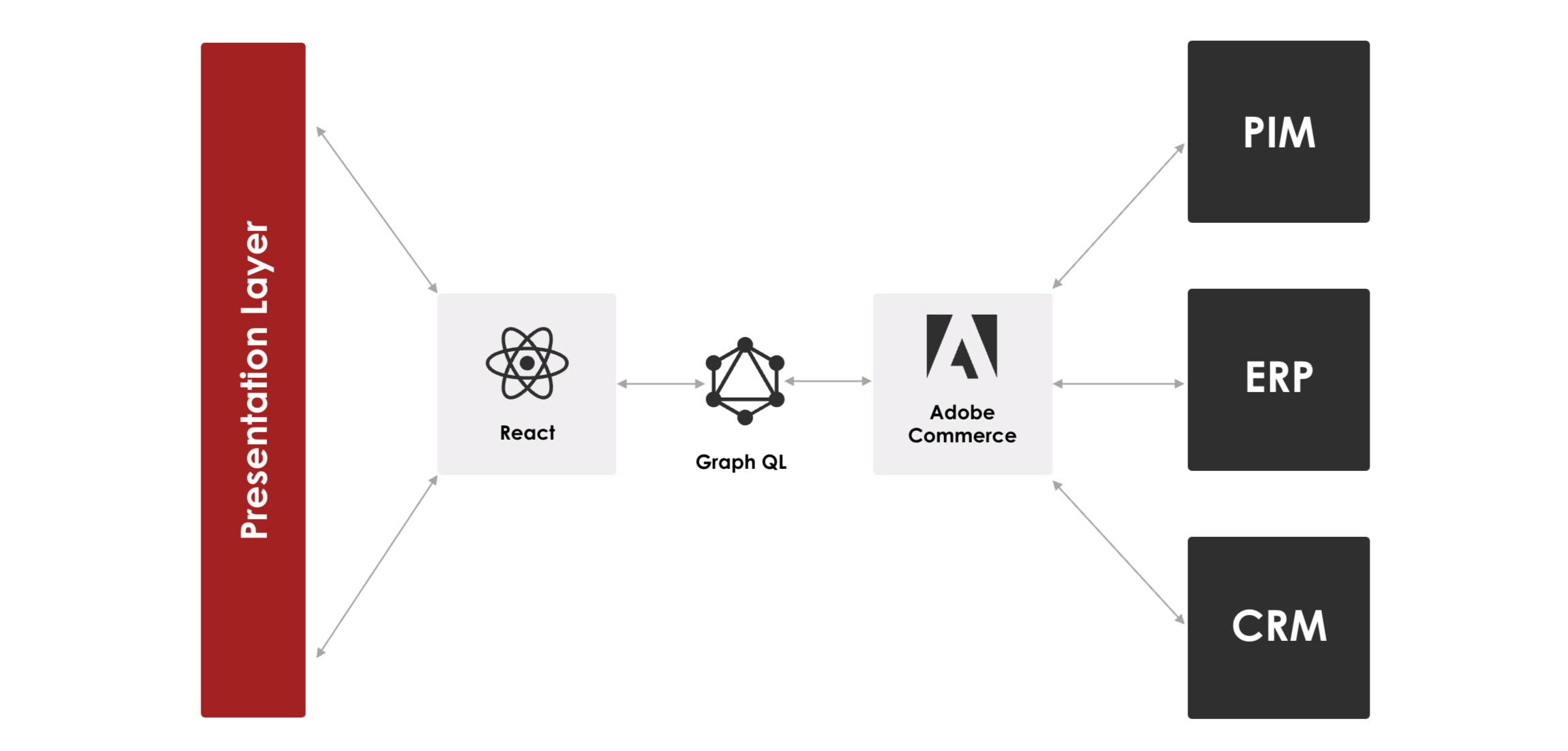How binary anvil built flux
TECHNOLOGIES USED
Traditional eCommerce platforms bundle the front and back ends together which limits customization, flexibility, and scalability. On the other hand, headless Flux offers unparalleled flexibility by decoupling the two systems so they function independently.

technologies used

React is a popular JavaScript library for building user interfaces. It provides a component-based approach, making it easier to develop interactive and reusable UI components for the front-end.
React is a JavaScript library that is traditionally used to build web applications rendered in the client's browser with JavaScript.

Next.js is a React framework that enhances the development of server rendered React applications. It provides features like server-side rendering (SSR), static site generation (SSG), and API routes, which can be beneficial in building performant and scalable front-end applications.

i18next is a localization library specifically designed for Next.js applications. It simplifies the process of internationalizing your front-end by providing features for handling translations, language detection, and routing based on the user's preferred language.

Adobe Commerce on cloud infrastructure is a platform-as-a-service (PaaS) offering that enables rapid deployment of fully customizable, secure, and scalable web storefronts combined with a leading hosting and managed services infrastructure.

GraphQL is a query language for APIs and a runtime for fulfilling those queries with your existing data.
GraphQL provides a complete and understandable description of the data in your API, gives clients the power to ask for exactly what they need and nothing more, makes it easier to evolve APIs over time, and enables powerful developer tools.
Technology Integration
Headless architecture simplifies the integration of new technologies and third-party services. The API-centric approach facilitates seamless communication between the front end and back end, making it easier to integrate various services such as payment gateways, inventory management systems, and marketing tools. The modular nature of headless architecture means that specific functionalities can be added or modified independently, without disrupting the entire system. This modularity also future-proofs the platform, allowing it to evolve with technological advancements.
